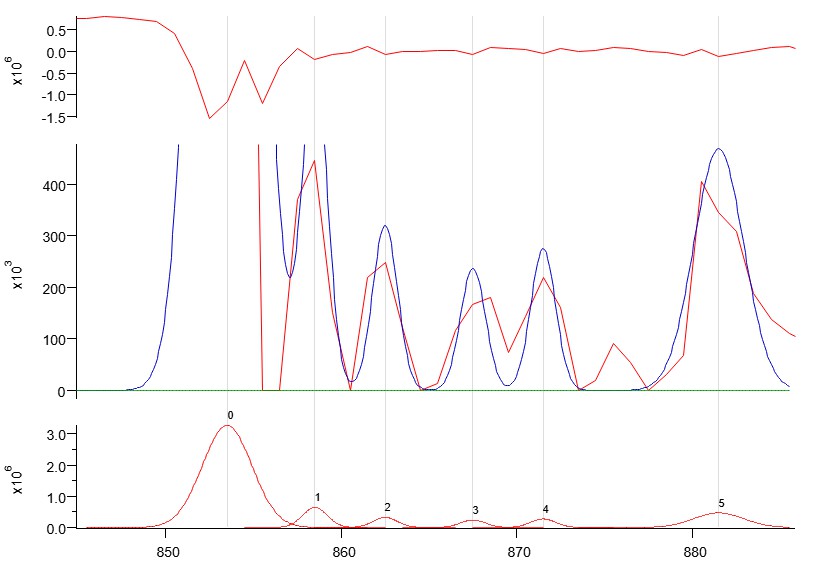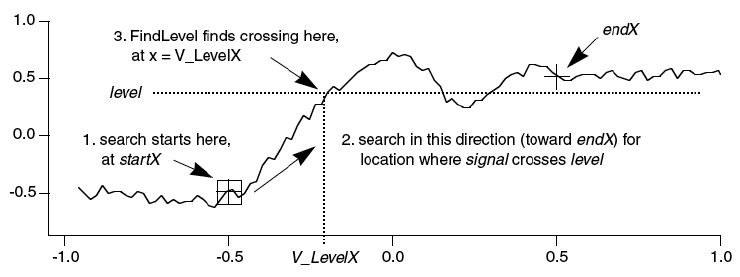
Lehnert P, Møller CH, Damgaard S, Gerds TA, Steinbrüchel DA. Predictive value of intraoperative transit-time flow measurement for short-term graft patency in coronary surgery. 2005 80:594–8.ĭi Giammarco G, Pano M, Cirmeni S, Pelini P, Vitolla G, Di Mauro M. Prediction of graft flow impairment by intraoperative transit time flow measurement in off-pump coronary artery bypass using arterial grafts. Ultra-minimally invasive cardiac surgery: robotic surgery and awake CABG. New device for intraoperative graft assessment: HyperEye charge-coupled device camera system. Handa T, Katare RG, Nishimori H, Wariishi S, Fukutomi T, Yamamoto M, et al. Preliminary experience for the evaluation of the intraoperative graft patency with real color charge-coupled device camera system: an advanced device for simultaneous capturing of color and near-infrared images during coronary artery bypass graft. Maximal blood flow acceleration analysis in the early diastolic phase for in situ internal thoracic artery bypass grafts: a new transit-time flow measurement predictor of graft failure following coronary artery bypass grafting. Handa T, Orihashi K, Nishimori H, Fukutomi T, Yamamoto M, Kondo N, et al. In vivo observations of the intramural arterioles and venules in beating canine hearts. Hiramatsu O, Goto M, Yada T, Kimura A, Chiba Y, Tachibana H, et al.
#Curve fitting methods igor pro series#
Transit-time flow predicts outcomes in coronary artery bypass graft patients: a series of, 1000 consecutive arterial grafts.

Kieser TM, Rose S, Kowalewski R, Belenkie I. Graft revision after transit time flow measurement in off-pump coronary artery bypass grafting. 1999 16:88–93.ĭ’Ancona G, Karamanoukian HL, Ricci M, Schmid S, Bergsland J, Salerno TA. Neural network pattern recognition analysis of graft flow characteristics improves intraoperative anastomotic error detection in minimally invasive CABG. TTFM 9-polynomial max d f/d t in the early diastolic phase may be a promising predictor of future graft failure for AC bypass grafts, particularly in abnormal TTFM grafts.Ĭerrito PB, Koenig SC, Van Himbergen DJ, Jaber SF, Ewert DL, Spence PA. 9-polynomial max d f/d t was significantly lower in abnormal TTFM/failing by the CAG group compared with abnormal TTFM/patent by the CAG group (1.08 ± 0.89 vs. Using TTFM, 68 grafts were normal, 4 of which were failing on CAG, and 46 grafts were abnormal, 21 of which were failing on CAG. Postoperative assessments were routinely performed by coronary artery angiography (CAG) at 1 year after surgery. Abnormal TTFM was defined as a mean flow of 5 or a diastolic filling ratio of <50 %. TTFM data were fitted to a 9-polynomial curve, which was derived from the first-derivative curve, to measure max d f/d t (9-polynomial max d f/d t).

Max d f/d t was retrospectively measured in 114 aortocoronary artery bypass grafts. Maximal graft flow acceleration (max d f/d t) determined using transit-time flowmetry (TTFM) in the diastolic phase was assessed as a potential predictor of graft failure for aortocoronary artery (AC) bypass grafts in coronary artery bypass patients.


 0 kommentar(er)
0 kommentar(er)
